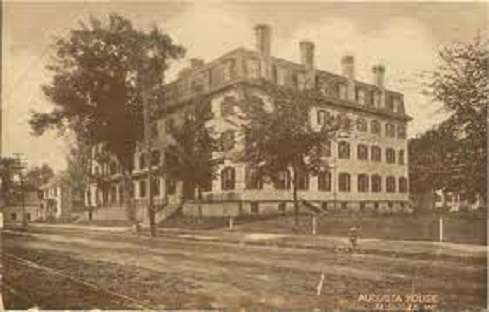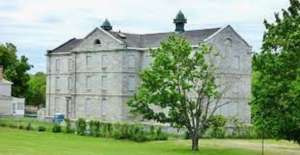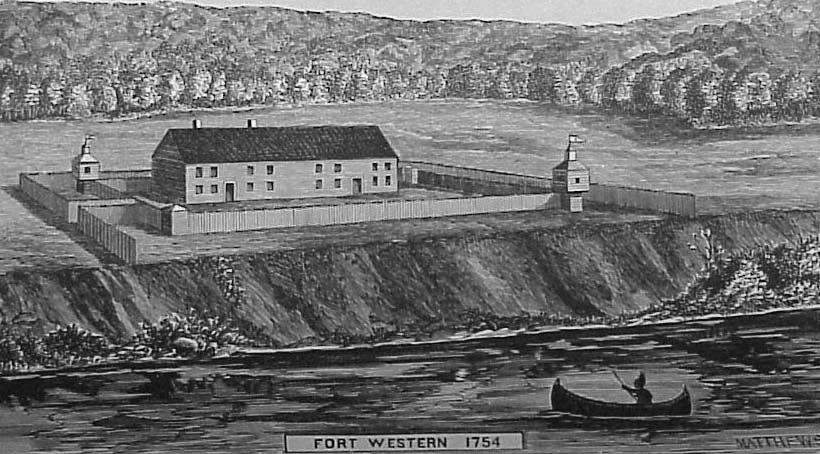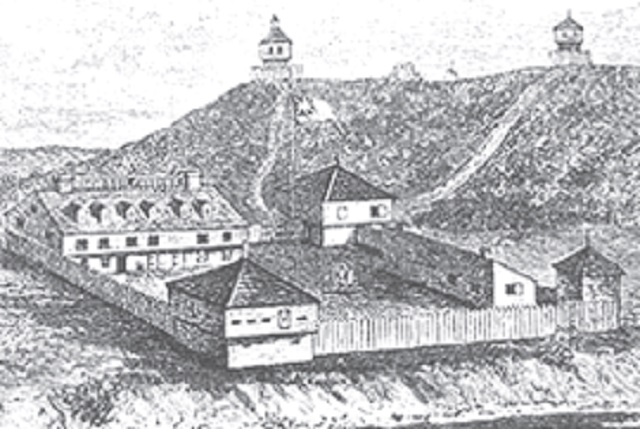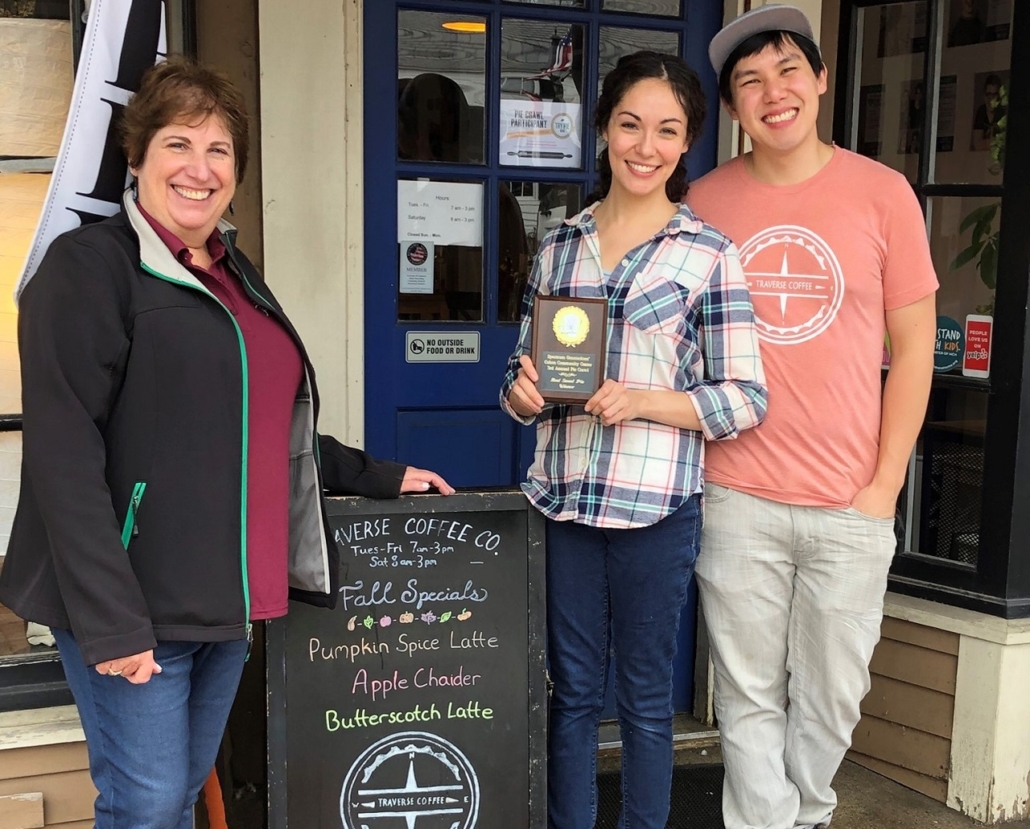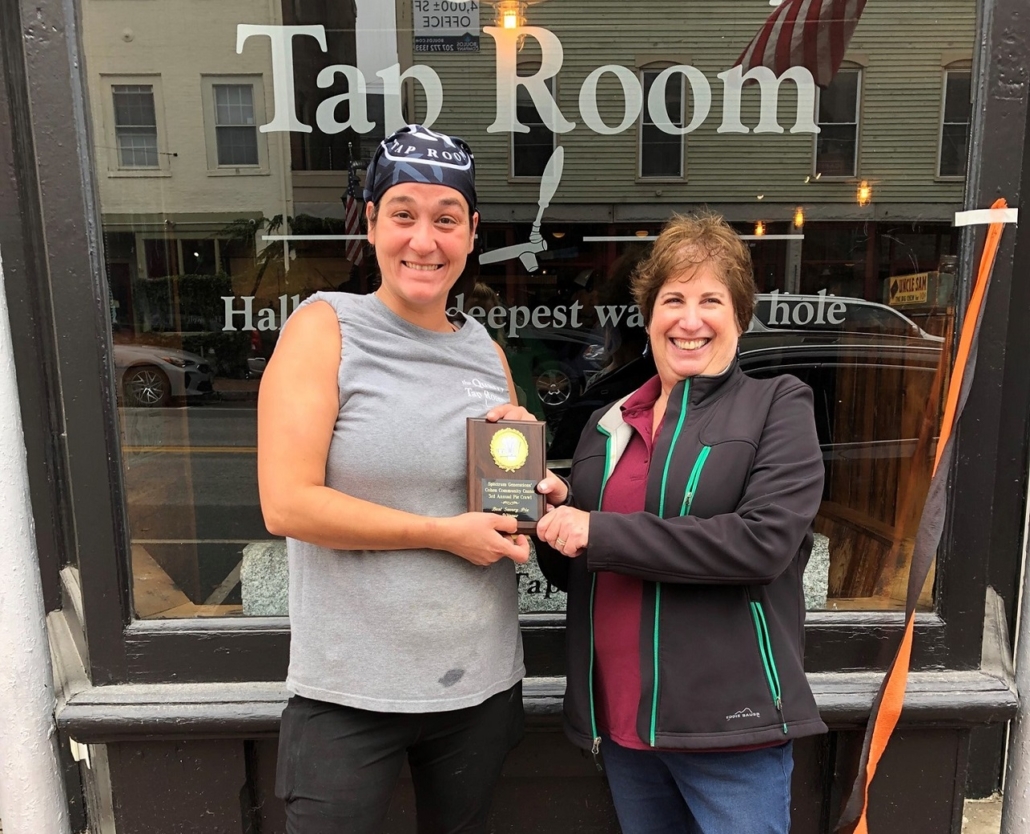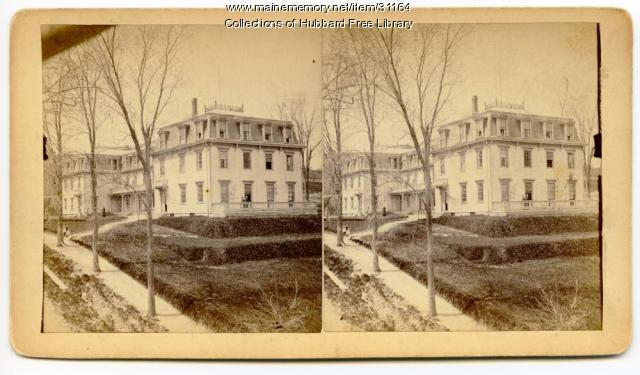Up and down the Kennebec Valley: Natural resources – Part 3
by Mary Grow
Three brick and granite buildings in Augusta
Attentive readers will have noted that the previous discussions of brickyards and brick-making have omitted the two cities in the central Kennebec Valley, Augusta and Waterville. Your writer deliberately saved them for last, because they have so many buildings of brick and granite as to deserve extra space.
In James North’s detailed history of Augusta, the first mention of a brickyard is in a list of businesses active in August 1792 in what was then Hallowell. There were no brickyards in the northern part of town, which after February 1797 became a separate town named Augusta.
In the southern area called the Hook, which remained Hallowell, Samuel and Phillip Norcross owned buildings, two quarter-acre house lots and “brickyard, lime kiln and earthen ware kiln.” Their total property was valued at 50 pounds, one of the town’s smaller businesses.
Samuel Norcross (Oct. 18, 1729 – Dec. 1, 1800) was the oldest of five sons of Philip and Sarah (Jackson) Norcross); his brother Phillip (1732 -?) was next oldest.
An on-line genealogy says Samuel was born in Newton, Massachusetts, where in 1752 he married Mary Wiswall. The first seven of their “at least 14” children, starting with Samuel II and Philip, were born in Massachusetts.
The family evidently came to Maine in 1762 or 1763, because the genealogy lists the seven youngest children as Mary, born in 1763 in Hallowell; Hannah, born in 1764 in Lincoln; Nathaniel, born in June 1764 in Gardiner; Sarah, born in 1766 (no place of birth listed, but in 1786 she married in Pittston); Thankful, born in 1767, in Gardiner; Susannah, born May 10, 1769, in Gardiner; and Elizabeth, born in Lincoln in 1769.
(Hannah and Elizabeth do not fit, biologically or geographically. Perhaps Hannah and Elizabeth are listed in this family in error; or perhaps Samuel kept a second family?)
The same on-line genealogy has no information about Phillip except that he remained in Newton for “about 18 years.” Another on-line source is an 1803 court record of the Kennebec Proprietors (the inheritors of British land grants who continued to claim land rights for generations) filing an action of ejectment against Phillip Norcross and others of Hallowell, in Kennebec County Supreme Judicial Court in September 1803. The Phillip Norcross born in 1732 would have been 71 by then.
North wrote that the Norcross’ house, brickyard and kilns were “at the north end of Water street” in Hallowell, “just south of the present railroad crossing.” The family also ran a nearby ferry across the Kennebec “for many years.”
There must have been other brick-making businesses in the northern part of Hallowell, because North recorded that at the first town meeting in Augusta, on March 13, 1797, voters chose among their town officials two “Inspectors of Lime and Brick,” Henry Sewall and Daniel Foster.
About 1804, North wrote, Lombardy poplars were planted on both sides of State Street from Bridge Street “to the brickyard at the southerly end of Grove street.” (Your writer found one map that identifies Grove Street as the roadway between the rotary at the west end of Kennebec Memorial Bridge and the south end of Water Street; other maps call this stretch Water Street.)
Augusta’s first brick schoolhouse went up in the spring of 1804, according to North (and to Captain Charles E. Nash, who “borrowed” North’s information for his chapters on Augusta in Kingsbury’s Kennebec County history), on the northwest side of the intersection of State and Bridge streets. It was also Augusta’s first grammar school (offering classes more advanced than primary schools); the building burned down March 16, 1807.
Readers with unusually good memories will remember that most of the commercial buildings on Water Street, in Augusta, are on the National Register of Historic Places (see the February 2021 issues of The Town Line). Some are listed individually; some are part of the Water Street Historic District. Almost all are brick; and they are not the buildings described in the following paragraphs, but their successors, built after the great fire of Sept. 17, 1865.
Merchants whom North identified as “Robinson & Crosby” built the first brick stores in 1806, two together in a block on the north corner of Market Square on the river side. In 1811, Joshua Gage, Bartholomew Nason and Benjamin Whitwell built a second block of three stores nearby.
North added that all five stores were closed temporarily in 1813, as a result of the economic slump caused by the dispute between Britain and the United States that led first to a United States embargo on trade and then to the War of 1812.
These brick store buildings had what North called “old-fashioned brick fronts,” featuring “heavy wooden door and window shutters,” hinged and locked with diagonal iron bars. By 1833, the new fashion was “granite posts and lintels.”
Seven new brick stores were added on Water Street in 1835, five at the north end and two farther south. None survived the 1865 fire.
Brick was also used, along with stone, in the Augusta jail that was built after an inmate burned down the wooden one on March 16, 1808. North wrote that prisoners were held in a very insecure temporary jail while a two-story building was built “of large blocks of rough hammered stone fastened together with iron dowels.”
This building, finished in December 1808, “was connected, by a brick ell, with a two story square brick jail house” at the intersection of State and Winthrop streets. The brick building was standing when North finished his history in 1870, but had been supplanted as a jail by a larger stone building, completed in 1859.
In 1812, owners of the newly-chartered Kennebec Bank had a brick building put up on Court Street. This building served as a bank for four years, then as a house; North wrote that it was torn down when the county courthouse was enlarged in 1851.
In 1813, Kennebec County officials, concerned about keeping paper records in the wooden county courthouse, had a brick building with “four fire proof vaults” built nearby. With brick floors, brick partitions and iron doors on the vaults, it was assumed safe; but, North wrote, when it was replaced years later, county officials were surprised to find wooden floors under the vaults, so that “the building could not have burned without consuming the contents of the vaults.”
The Augusta House on State Street, a leading hotel for many years, was built of brick and opened Jan. 31, 1831. Among its guests, according to Nash, were General Winfield Scott, who stayed about three weeks in the spring of 1839 during the Aroostook War (see The Town Line, March 17, 2022); and President Ulysses S. Grant, who visited with his family on Aug. 3, 1865, and was entertained at a state dinner at the hotel.
The Augusta House was enlarged substantially during the Civil War. On-line postcards from 1912 and 1938 show a six-story building on an above-ground granite foundation. The main door in the center of the front veranda is protected by a two-story portico supported by columns. Another on-line source says the hotel was closed and torn down in 1973.
On June 7, 1833, the Citizens’ Bank opened in its new brick building at the intersection of Oak and Water streets, in the middle of downtown. This was a three-story building, North said; the bank had the back rooms on the second floor, jeweler Benjamin Swan and dry-goods merchant G. G. Wilder shared the street floor, and the Kennebec Journal newspaper, founded in 1825, had its office on the top floor.
Another brick schoolhouse was erected in the summer of 1835 to house Augusta’s first high school. Located at the intersection of State and Bridge streets, not far from the site of the earlier brick grammar school, the building cost $7,000. North (and Nash) wrote that it was two stories high, 65-by-50-feet, with four Doric columns supporting the front pediment.
Owned by a group of corporators, the school briefly did well; but after the first head teacher moved on, it began to fail and after 1848 the building served as a public high school for the surrounding school district.
Residents must have approved of two-story brick schoolhouses, because North and Nash recorded several more built in Augusta school districts in the 1840s and 1850s, and Nash added a “large four-room” one, Cushnoc Heights Grammar School, built in 1890 at the intersection of Franklin and Oxford streets, partway up Sand Hill at the north end of the city.
The Winthrop Street Universalist Church, started with a June 19, 1867, cornerstone laying and dedicated March 5, 1868, was “built of brick laid in colored mortar,” North wrote. The building was 80-by-61-feet, with 33-foot-high walls; on the southwest corner was a 55-foot tower enclosing a 1, 500-pound bell and topped by a 135-foot (from the ground) spire.
Other brick buildings in Augusta that have not been described in earlier articles in this series and that are on the National Register of Historic Places include:
- The Lot Morrill House on the north side of Winthrop Street at the Prospect Street intersection, built about 1830;
- The Governor Samuel Cony House, also known as the William Payson Viles House, on the east side of Stone Street (Route 9 on the east side of the Kennebec), built in 1846;
- The former Augusta City Hall, at 1 Cony Street, on the east bank of the Kennebec, and the north side of Bridge Street, built in 1895-96; and
- The Governor John F. Hill Mansion, on State Street at the Green Street intersection, built in 1901.
The old city hall is now an assisted living facility. The Hill mansion is an events center welcoming area residents to rent its facilities. The Morrill and Cony houses appear to be privately owned.
* * * * * *
As previous articles (see 2021 indexes to The Town Line) have shown, another major building material was granite, used in Augusta especially for religious and public buildings, and for a minority of the commercial buildings in the Water Street Historic District.
Two major granite building complexes on the east side of the Kennebec River were the Kennebec Arsenal, built between 1828 and 1838 (see box), and the original building at what was in 1838 the Augusta Insane Hospital, plus the wing added in 1848.
Granite buildings on the west side of the Kennebec included:
- the Kennebec County Court House, on State Street (1829);
- the State House, on State Street (1832);
- the Kennebec jail (1859);
- South Parish Congregational Church, on Church Street (1865);
- St. Mark’s Episcopal Church, on Summer Street (1886);
- Lithgow Library, on Winthrop Street (completed in 1896); and
- St Mary’s Catholic Church, on Western Avenue (1926).
Because of space limitations, discussion of the development of the granite industry in the Kennebec River valley will be postponed to next week.
Update on Augusta’s Kennebec Arsenal
The Kennebec Arsenal in Augusta is a collection of eight granite buildings built between 1828 and 1838 and designated a National Historic Landmark District in 2000 (see the Jan. 21, 2021, and Feb. 10, 2022, issues of The Town Line). It is now privately owned.
A June 24 Kennebec Journal article by Keith Edwards said the owner has failed to maintain the buildings. City council members discussed declaring the Arsenal a dangerous site, but decided at their June 23 meeting to postpone action until July 28.
Edwards explained that if the property were declared dangerous, councilors could set a deadline for action, at minimum presentation of a repair plan. Failure to meet the deadline would let the city have the work done and bill the owner, or have the buildings demolished. If the owner didn’t pay the bill, the city could lien the property; if the lien were not paid, the buildings would eventually become the city’s.
The current owner bought the property 15 years ago, Edwards wrote, accepting an obligation to maintain its historic value. A local group has been formed named Concerned Citizens for Augusta Historical Preservation of the Kennebec Arsenal.
Main sources
Kingsbury, Henry D., ed., Illustrated History of Kennebec County Maine 1625-1892 (1892).
North, James W., The History of Augusta (1870).
Websites, miscellaneous.


